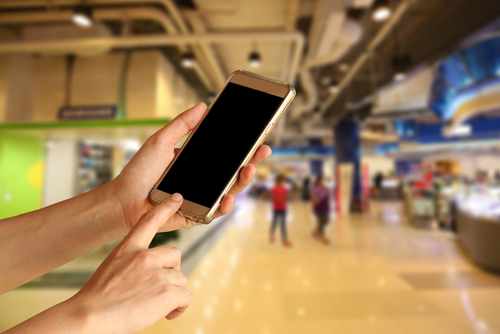
A disaster strikes a congested city, cell phone networks are overwhelmed and internet access is spotty. Nearly everyone has a mobile device in their pocket, but few can use them to communicate.
San Francisco-based start-up OpenGarden, Inc., has a solution to this type of crisis with its FireChat mobile app, the first messaging app that works off-the-grid.
FireChat uses peer-to-peer mesh networking technology to connect people through their mobile devices when no internet, cellular network or data plan is available. Using the Bluetooth and wi-fi radios embedded in smartphones, people can communicate privately or publicly through the app.
“What we saw in the past year and a half is adoption of the app in a number of situations where massive disasters were threatening, especially floods, volcanic eruptions, hurricanes and typhoons,” Christophe Daligault, chief marketing officer at Open Garden, told Homeland Preparedness News in a recent interview. “We didn’t think of this application of our technology at the outset when we created FireChat two years ago, and then we realized, of course, people need information when they can’t rely on existing networks.”
FireChat has been used during floods in India, the eruption of the Cotopaxi volcano in Ecuador and hurricane Patricia in Mexico, the company said.
Open Garden introduced a special version of the app, FireChat Alerts, during the first United Nations World Humanitarian Summit in May. FireChat Alerts allows authorized governmental and non-governmental organizations to send important information and advisories during emergencies in a specific geographic area for a set period of time.
“You can reach people who could not be reachable on their phones otherwise,” Daligault said, because the alerts are transmitted from one smartphone to the next in the event traditional networks are not available.
In June, a government agency in the Philippines used FireChat Alerts during a major earthquake preparedness drill in the metro area of Manila, an urban area with 24 million inhabitants. By using the peer-to-peer mesh networking capabilities, the alerts reached 30 percent to 50 percent more people than they would have reached through traditional networks.
“That was pretty interesting to us because it was an exercise, which tells us that even before disasters happen, FireChat definitely has the potential to reach more people,” Daligault said.
Launched in March 2014, the FireChat app is a free download on iOS and Android devices. Messages can be sent on FireChat privately or publicly.
FireChat is designed as a communication tool for people in relatively close proximity. The range for the app to make a connection is approximately 70 yards.
“It’s a good solution for urban situations or high density situations,” Daligault said. “It is not a good solution for rural areas because the density is not there. If you are in a city or on a ship, or at a remote music festival with lots of people around you, then it works pretty well.”
Open Garden can also provide more sophisticated technical solutions for government agencies through its MeshKit software module that has built in security and encryption. The company’s technology can be embedded into a state or city agency’s own applications to support its emergency preparedness efforts.
“In the context of actual emergencies, it works in the opposite way of traditional networks, meaning the more people who use it, the stronger and more resilient the alternate network can be. The traffic on that network becomes faster and faster,” Daligault said.
Open Garden is currently working with entities in a number of metropolitan areas around the world that are interested in FireChat and is in discussions now with a South American government entity, Daligault added.
“We are trying to do our best to provide information about this new technology, which I think is very promising, but it requires enough commitment so that at the time you are really going to need it, enough people will have it on their phones so that the network can do its part,” Daligault said.

